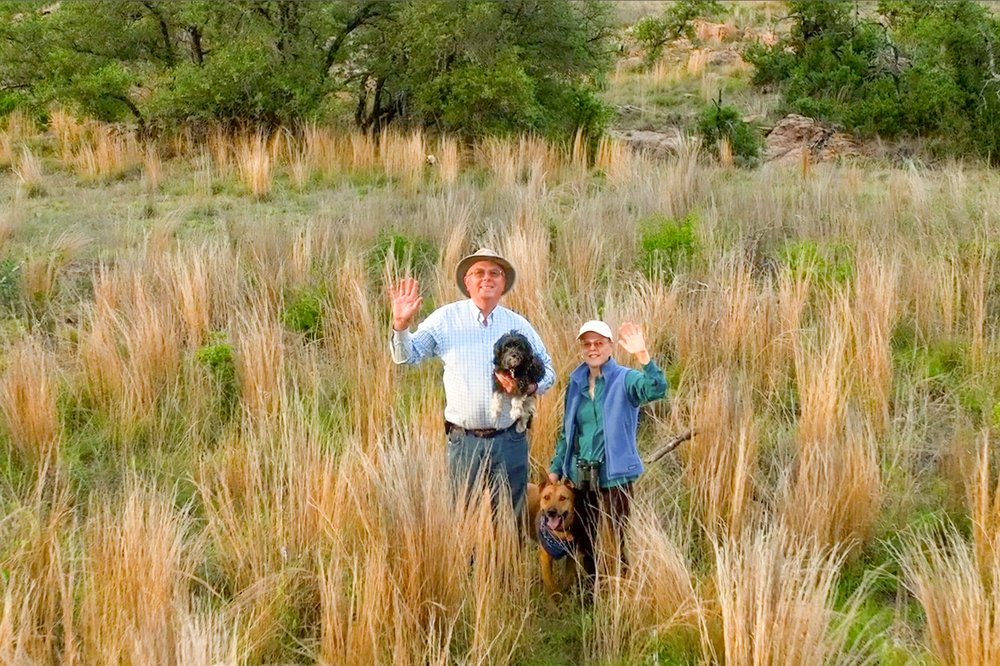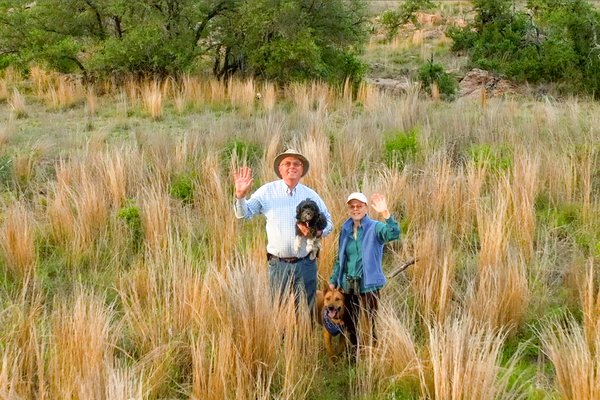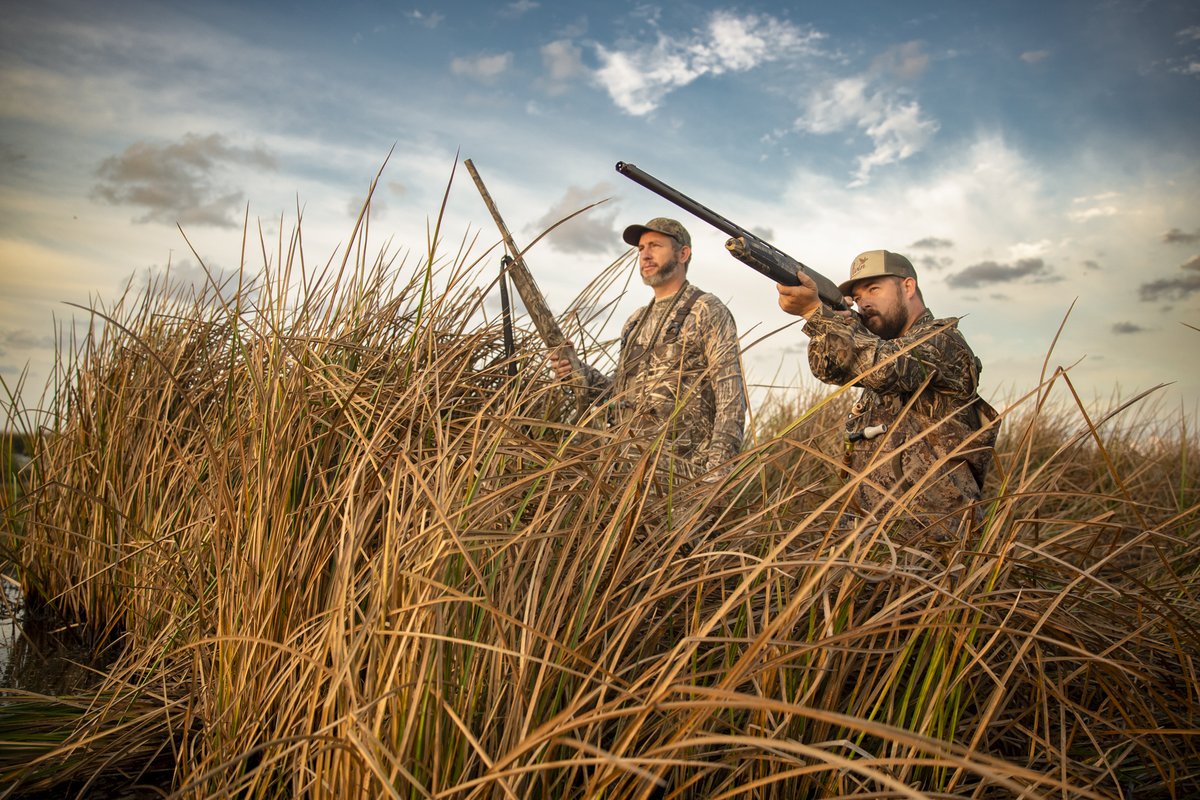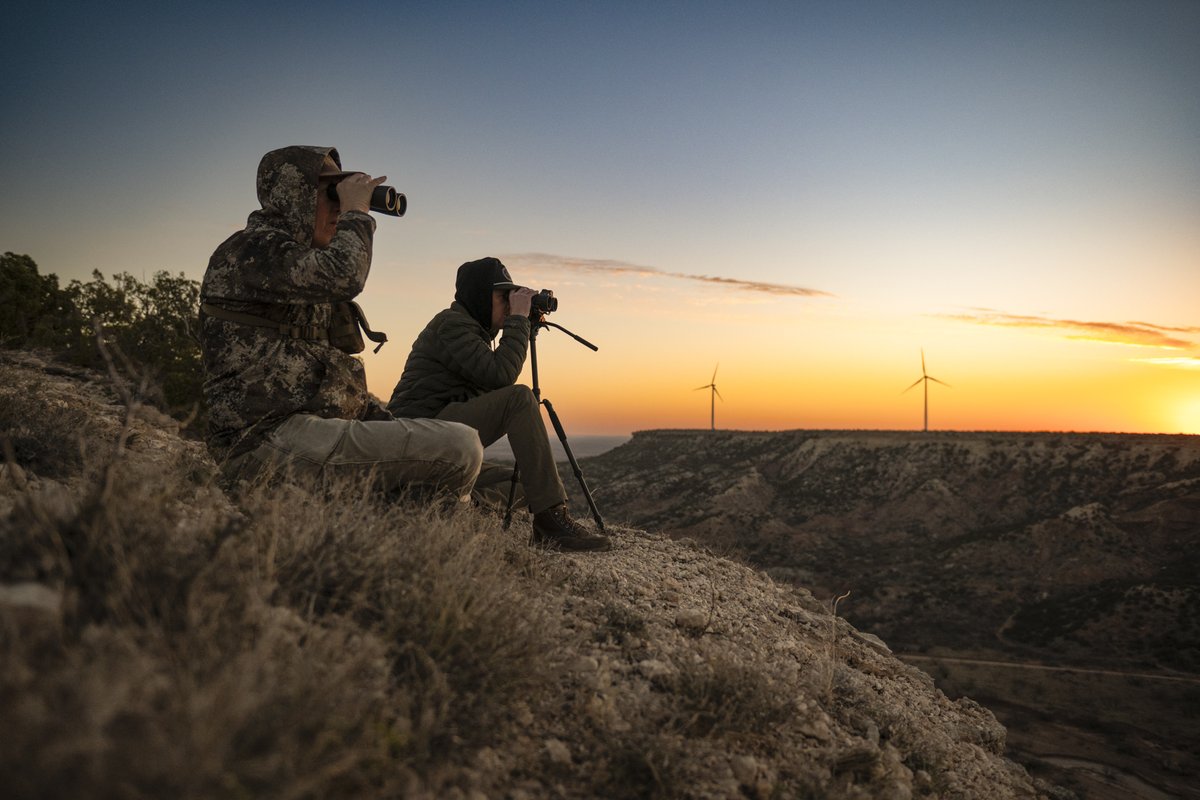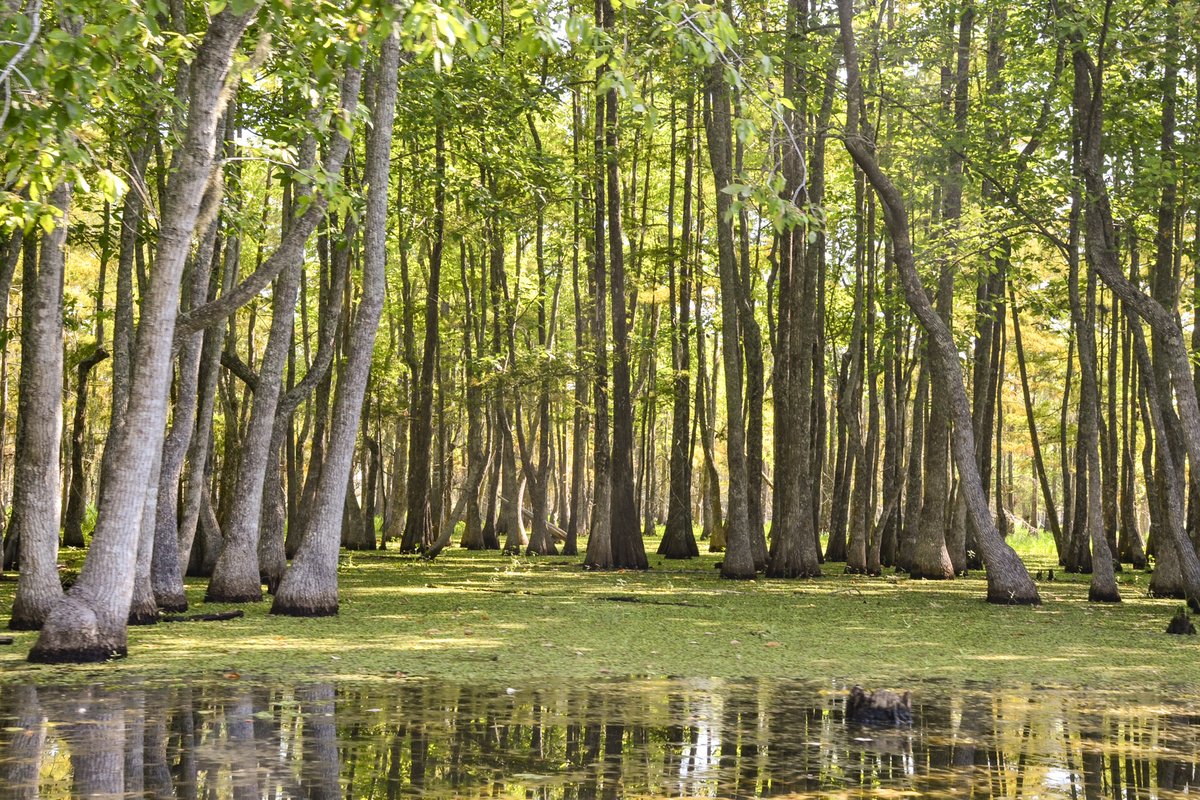Thanks to generations of families like the Zesches, much of the natural beauty and biodiversity of their region of the Hill Country has been preserved and protected. For many people, the inherent value of biodiversity seems obvious. Why, then, have we lost so much of it? Clearly, everyone does not evaluate biodiversity in the same light.
Here, I’ll approach biodiversity from biological, economic and aesthetic viewpoints, and, of course, all of these viewpoints overlap and interact.
From a biological viewpoint, an ecosystem is like a complex machine, with many working parts. All the bacteria, fungi, plants, animals and other living organisms interact with one another and with their physical environment to produce a functioning ecosystem. A healthy system requires a delicate balance of many different species from all these groups. If we start to lose species, it is like losing parts off an automobile engine. The car may still run for a while, but it probably won’t run as well, and eventually, if we lose enough parts, the car will stop working altogether. The same is true of ecosystems. Ecosystem productivity and stability are directly related to biodiversity.
We can also make an argument on strictly economic grounds for the importance of biodiversity. The economy of the Texas Hill Country is based in large part on income from ranching, hunting and tourism. Each of these enterprises depends on the biodiversity of the Hill Country. Ranchers benefit from healthy rangelands, which produce the livestock they raise. Healthy rangelands come from efficient and stable ecosystems, which are a product of biodiversity. The long-term maintenance of grasslands requires a complex web of many species of bacteria, fungi, plants and animals. Snakes are important to keep rodents in check, just as bats, lizards and frogs are important to control insect populations. An efficient, profitable ranch depends directly on its overall biodiversity.
The land stewardship of the Zesch Ranch has resulted in a solid economic payback. The family has managed grazing to allow the restoration of native tallgrasses and broad-leafed forbs. Better habitat and management led to larger deer, which meant that hunting income has increased. What makes it all possible is the balance and variety of native plants and animals (that is, biodiversity).
Hunters come to the Hill Country not just to harvest deer and other game animals but also for the experience of a diverse and vibrant landscape. The hunting leases with the highest value are those that give hunters a chance to see a diverse and beautiful natural habitat, with plenty of wildlife.
Another major part of the Hill Country economy is tourism, and a big part of the draw is the area’s natural beauty. Wildflower season brings people from far and wide to the Hill Country. Diverse native plant communities support birds, butterflies and other wildlife that are additional major draws. Visitors come to see the area’s natural beauty, and then they spend money on food, hotels, shopping and services. All of this economic activity depends on the natural beauty of the Hill Country, which stems in large part from our local biodiversity.
Finally, there is the aesthetic argument for the importance of biodiversity, which is the argument that resonates the most with me. The beauty of a field of wildflowers comes in large part from the many colors, shapes, sizes and textures that are present. We marvel at the antics of an armadillo, or the array of spines on a horny toad or the beautiful call of sandhill cranes as they fly overhead. The sights, sounds and smells of nature excite and stimulate us as they give us a sense of peace and happiness.
Most people need the natural beauty of biodiversity to feel whole and alive. That is why walking in the woods, strolling through a field of wildflowers, watching birds feed in your back yard or canoeing down the Llano River feels so refreshing and rejuvenating. For most of us, the more varied our natural surroundings are, the happier we feel. Biodiversity is what makes the world such a beautiful place to live.
In short, biodiversity is what makes the Hill Country interesting, attractive and economically viable, for all its residents and visitors. It is what gives us a sense of place, what makes the Edwards Plateau different and distinctive. Longtime residents like the Zesches know this intuitively, and pass a love and passion for the land and its inhabitants down through the generations.
